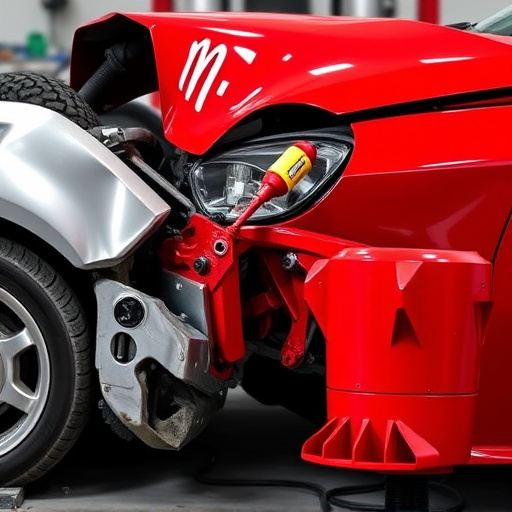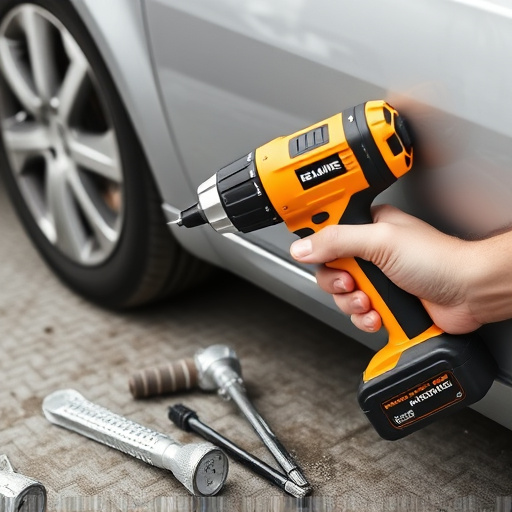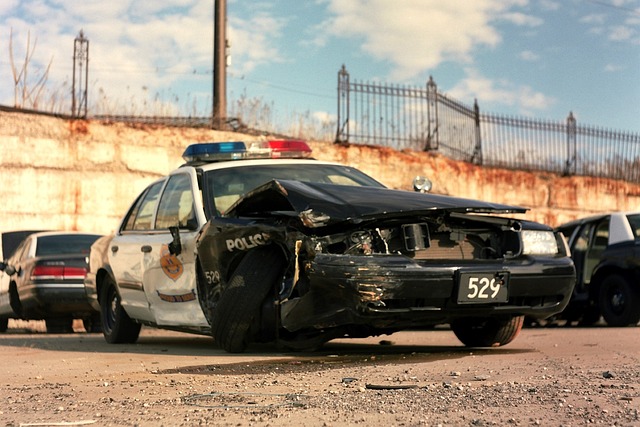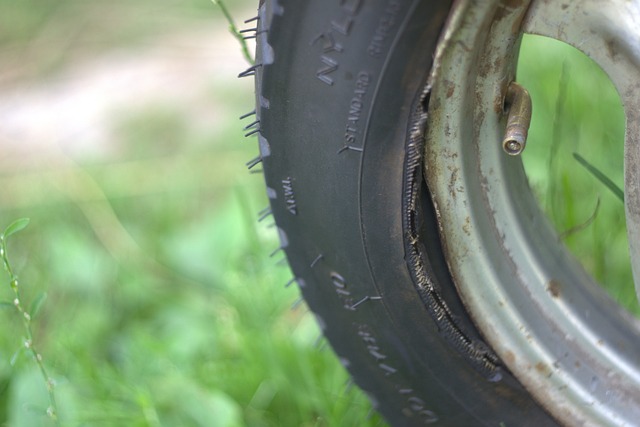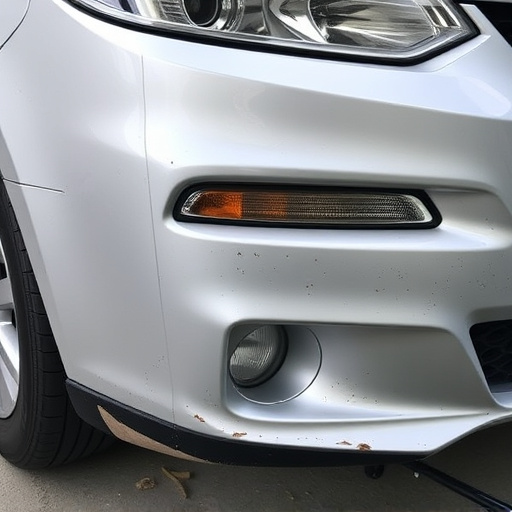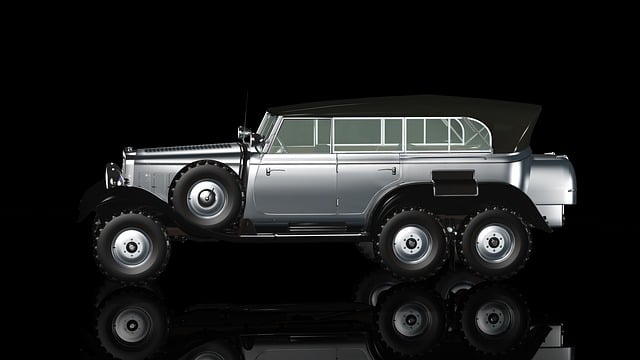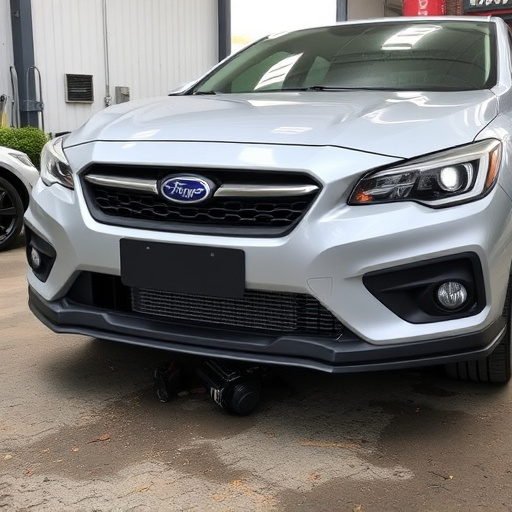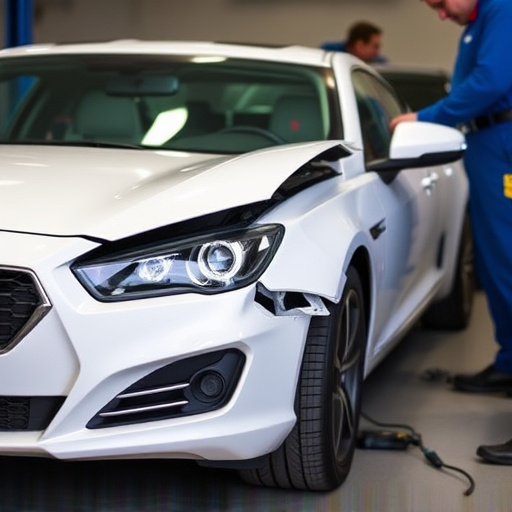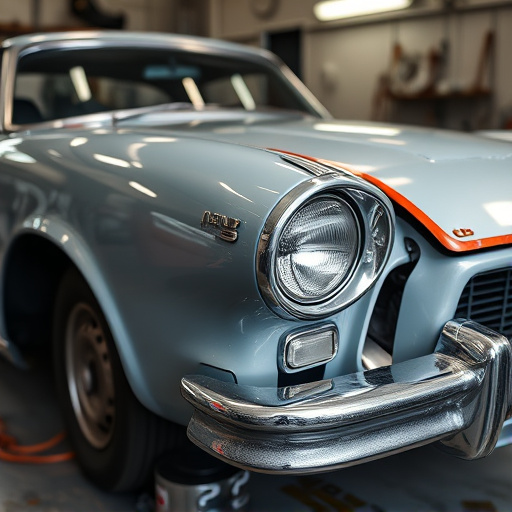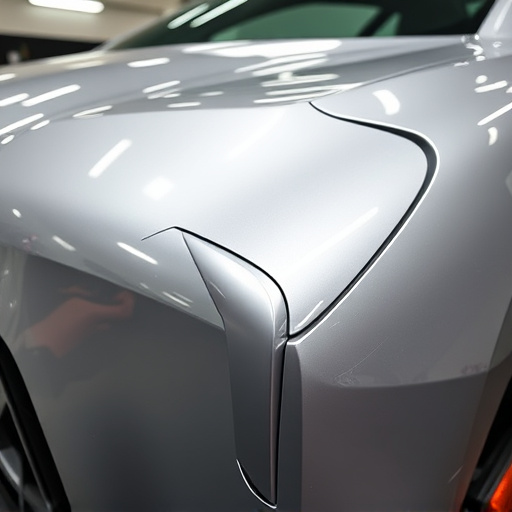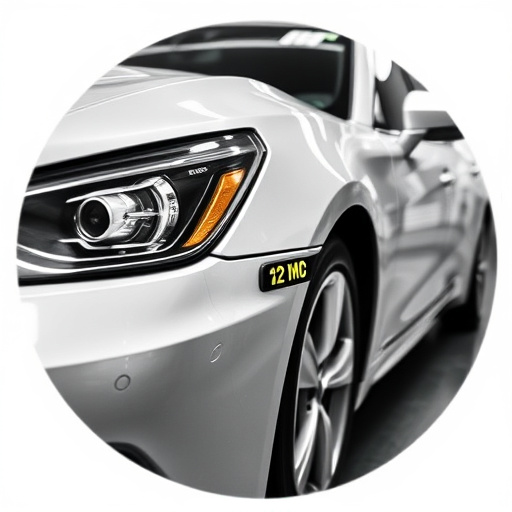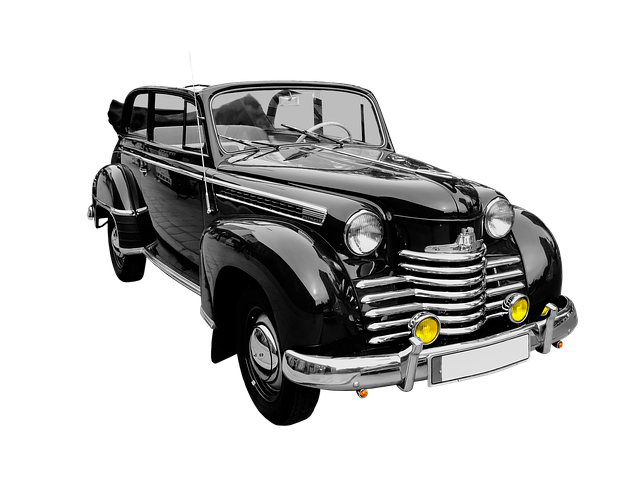In snowy conditions, understanding your insurance policy for snow-related crash repairs is crucial. Comprehensive or collision coverage typically covers auto body work (bumper repairs, etc.), but deductibles apply. Exclusions exist for normal wear and tear on tires and neglect in clearing snow from vehicles. Review specific clauses regarding weather events to avoid unforeseen costs when filing claims for snow damage. Maximize claims by documenting dent removal, car scratch repair, and taking photos. Good maintenance reduces accident severity and repair costs.
In regions with harsh winters, snow-related crashes are a common occurrence. This article explores how insurance policies step in to cover the costs of these unexpected events. We’ll delve into the specifics of what’s covered and what’s not, navigating key policy clauses that matter during snowy conditions. Learn effective tips to maximize your claims and ensure you receive adequate compensation for snow-related crash repair.
- Understanding Snow-Related Crash Repair Costs: What's Covered and What's Not?
- Navigating Your Insurance Policy: Key Clauses for Snow-Related Incidents
- Maximizing Your Claims: Tips for Effective Snow-Related Crash Repair Coverage
Understanding Snow-Related Crash Repair Costs: What's Covered and What's Not?

When a snowstorm hits, the increase in accidents can lead to higher costs for snow-related crash repair. Understanding what’s covered and what’s not under your insurance policy is crucial before navigating these repairs. Auto body work, including bumper repair and other car damage repair, is typically covered by comprehensive or collision insurance if the incident is deemed an accident rather than a deliberate act. However, deductibles still apply, which means you’ll need to consider out-of-pocket expenses alongside the insured amount.
Not all damages incurred during snowy conditions are eligible for coverage. For instance, normal wear and tear on tires or issues caused by not clearing snow from your vehicle before driving are usually excluded. Additionally, certain policies might have specific clauses regarding weather-related incidents, so reviewing these details is essential to avoid surprises when filing a claim.
Navigating Your Insurance Policy: Key Clauses for Snow-Related Incidents
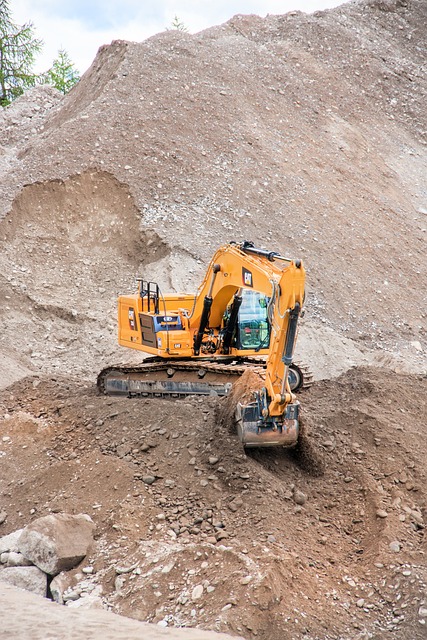
Navigating your insurance policy is crucial when it comes to understanding coverage for snow-related incidents. Key clauses within your policy can significantly impact the process of repairs, especially for crash damage caused by wintry conditions. Familiarize yourself with terms like “comprehensive” and “collision” coverage, which often cover various types of accidents, including those on snowy roads. These provisions can help with snow-related crash repair costs, ensuring you’re not left with a substantial bill.
Additionally, specific policy details regarding car body restoration, dent removal, and auto body painting are essential to review. Many policies offer options for these services, detailing how they’ll be handled in the event of a claim. Understanding these clauses allows you to make informed decisions when filing a claim for snow-related damage. It’s also beneficial to know the deductibles and any exclusions related to weather events to ensure you’re prepared and aware of potential out-of-pocket expenses for snow-related crash repair.
Maximizing Your Claims: Tips for Effective Snow-Related Crash Repair Coverage

When it comes to snow-related crash repairs, maximizing your insurance claims can help ensure that your vehicle is restored to its pre-accident condition. First, dent removal and car scratch repair are often covered under comprehensive insurance policies, so make sure to document any visible damage carefully before filing a claim. Taking photos from various angles can be invaluable during the claims process.
Additionally, regular auto maintenance plays a crucial role in preventing accidents and mitigating repair costs. Keeping your vehicle well-maintained can reduce the severity of dents and scratches caused by snow and ice. This includes checking tire pressure, ensuring good wiper blades, and keeping your headlights and taillights in optimal condition. By combining thorough documentation of damage with proactive auto maintenance, you’ll be better equipped to navigate the claims process and secure the best possible coverage for your snow-related crash repair.
When it comes to snow-related crash repairs, understanding your insurance policy is key. By navigating through the key clauses and maximizing your claims, you can ensure effective coverage for these unique incidents. Remember, knowing what’s covered and what’s not can help you navigate this process smoothly, allowing you to focus on rebuilding and getting back on the road safer than ever.
